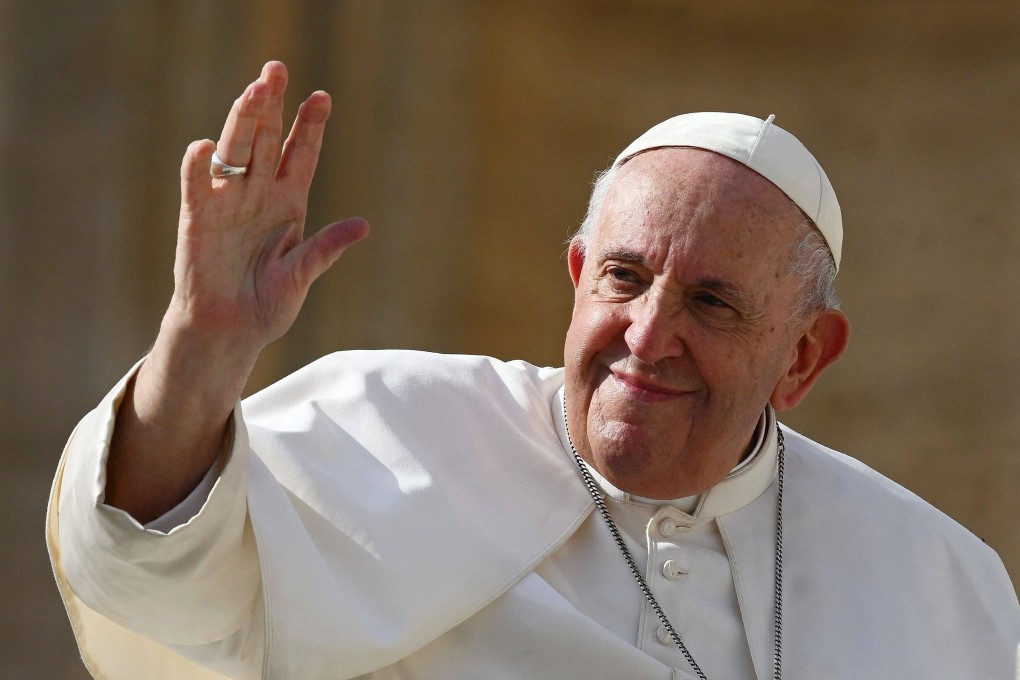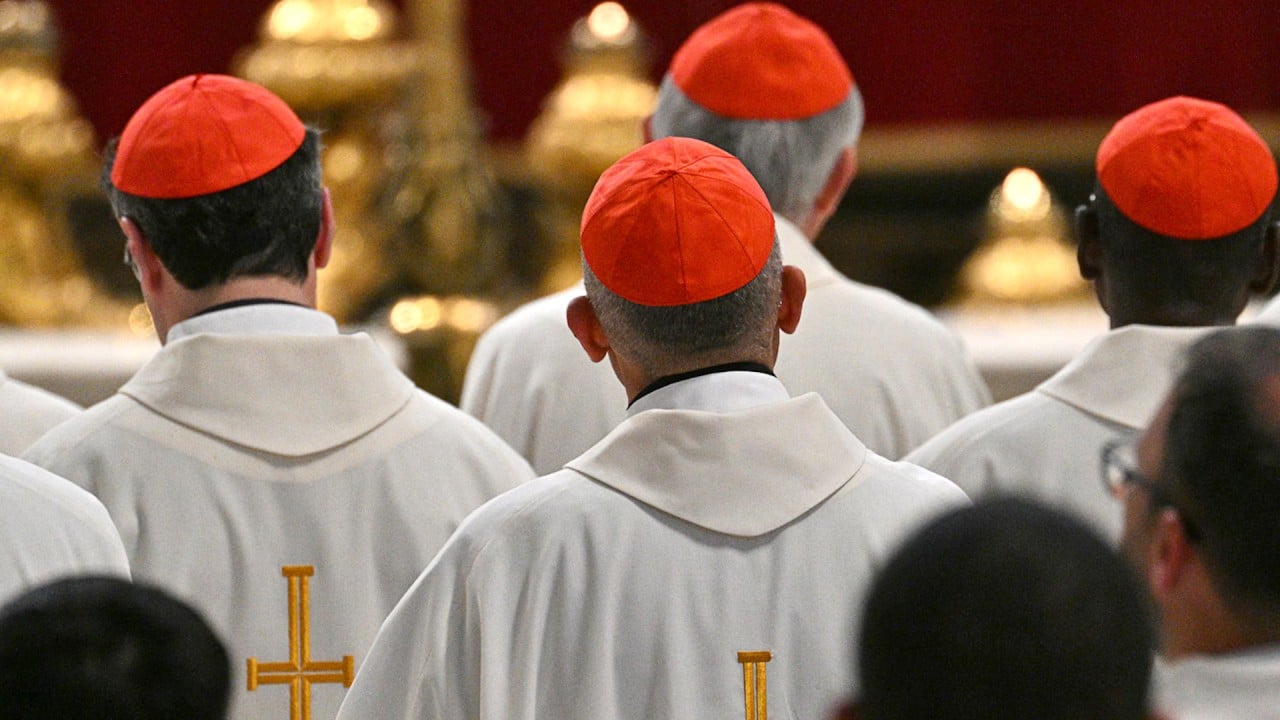Explainer | How new pope’s chosen name will signal change or continuity in Vatican’s 2,000-year history
The next pope’s name reflects the pontiff’s direction: Francis II indicates continuity, Pius conveys a message of tradition, while a new name could signify change

The first clue of the next pope’s direction will be the name the winner chooses.
The announcement “Habemus Papam” – “We have a pope” – from the balcony of St. Peter’s Basilica is followed first by the revelation of the new pontiff’s baptismal name, in Latin, followed by his papal name, wrought with meaning.
A Pope Francis II would signify continuity with the late pontiff’s pastoral legacy and his prioritising of the marginalised. Francis himself quipped that his successor would be John XXIV, after the progressive Vatican II-era pope. The most popular papal name of the 20th century, Pius, would be a clear signal that a traditionalist is taking back the throne of St. Peter.
“In the deepest recesses of their mind, when they start the conclave, everyone will walk in there with a name in their head,” said Natalia Imperatori-Lee, chair of religious studies at Manhattan University.
History of papal names
For most of the Catholic Church’s first millennium, popes used their given names. The first exception was the 6th century Roman Mercurius, who had been named for a pagan god and chose the more appropriate name of John II.
